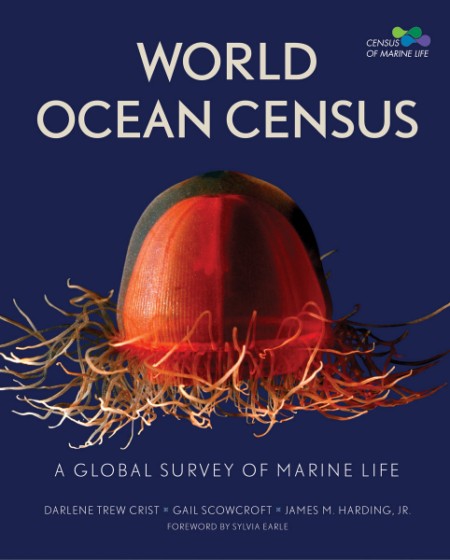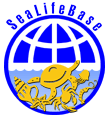World Ocean Census: A Global Survey of Marine Life

This beautifully illustrated 256-page book tells the amazing inside story of the Census of Marine Life. Published by Firefly Books and written by Census Education & Outreach Team members Darlene Crist, Gail Scowcroft, and James Harding, with a foreword written by Sylvia Earle, the book highlights the stories behind the Census through lively text and over 250 images, the majority graciously provided by Census scientists. The book sets the stage for the release of the first Census of Marine Life in 2010. Visit Firefly Books to view a Table of Contents, sample pages, and ordering information.
Excerpt from the November 19th, 2009 review in the journal Nature:
"Begun in 2000, the first global marine census is due to be completed
next year. In anticipation of the official release of these results, a
beautifully illustrated book highlights the findings to date of this
massive project. World Ocean Census also hints at the studies that might
stem from the millions of samples collected.
The Census of Marine Life aims to catalogue the oceans' inhabitants now,
place them in a historic context and project what might be found in the
oceans of the future. As of 2008, it involved some 2,000 scientists
from 82 nations, and had US$500 million of funding. A bold undertaking,
it marks a "Herculean decade of exploration", explains oceanographer
Sylvia Earle in her foreword to the book.
Science writer Darlene Trew Crist and educators James Harding and Gail
Scowcroft emphasize that marine science is in an age of discovery. When
the census started, only 250,000 species were known out of the millions
estimated to live in the ocean. Researchers expect to find many
thousands more, but will undoubtedly fall short of a complete
accounting, given the size of the task. Just three recent expeditions
to the Southern Ocean yielded some 700 likely new species, and one litre
of seawater alone can host 20,000 different microbes.
Like the census, the book is organized by oceans past, present and future. Information dating back 500 years or more is gleaned from old whaling logs, scientific expedition records and even old restaurant menus that provide snapshots of species exploitation. Although not always rigorously quantitative, such records can offer a baseline for conservation targets. Past levels of some exploited fish, such as cod, were surprisingly high. "It is virtually impossible to imagine how much the oceans of the past teemed with life," census researchers have remarked.
Life nevertheless flourishes in today's oceans. The book is at its best when it offers glimpses of the astonishing array of sea creatures revealed by the survey, such as the deepest comb jelly-fish ever recorded — found at 7,000 metres — which uses long filaments to anchor itself to the seafloor like a kite. Special sections tell of the widespread loss of bluefin-tuna stocks, the surprisingly long distances travelled by great white sharks and efforts to protect coral reefs."














